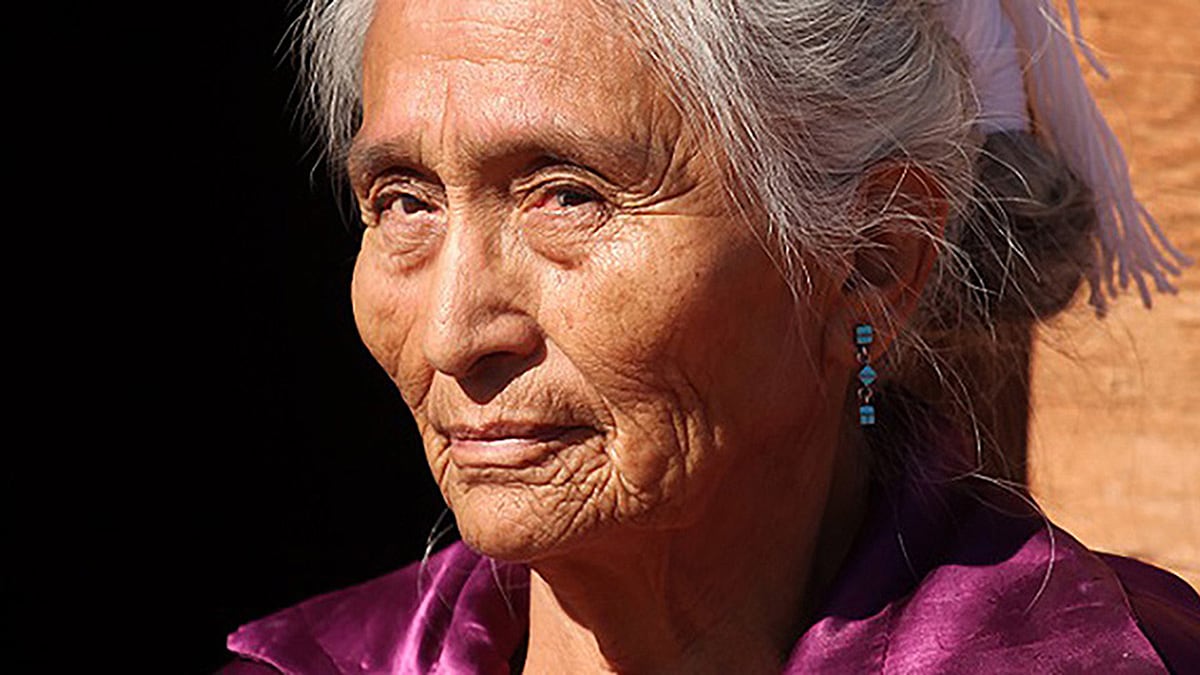Key points
- CDC's Tribal Epidemiology Centers Public Health Infrastructure (TECPHI) seeks to improve the health of American Indian and Alaska Native communities by building the public health capacity of Tribal Epidemiology Centers (TECs) and the Tribes, Villages, and Urban Indian Organizations (UIOs) they serve.
- Through TECPHI, TECs builds data infrastructure, increases staff capacity and evaluation support, and establish partnerships.

Purpose
The mission of CDC's Tribal Epidemiology Centers Public Health Infrastructure (TECPHI) is to improve the health of American Indian and Alaska Native (AI/AN) communities.
It works to achieve its mission by building the public health capacity of the tribes, villages, and Urban Indian Organizations they serve. Specifically, TECPHI works to:
- Strengthen public health capacity and infrastructure.
- Implement activities to improve the effectiveness of health promotion and disease prevention efforts.
- Collaborate with tribal and other partners.
- Engage in sustainability activities.
Why it matters
AI/AN populations in the United States face higher rates of disease and premature death than most other racial and ethnic groups.
Strong public health capacity and infrastructure is critical to address these health disparities and improve health outcomes.
TECPHI helps Tribal Epidemiology Centers (TECs) to:
- Collect health data.
- Identify health needs.
- Monitor diseases.
- Promote public health efforts in tribal populations.
Program overview
TECPHI is a 5-year cooperative agreement (2022–2026) that complements IHS funding by supporting 12 TECs and 1 Network Coordinating Center with a total of about $6.8 million each year.
Role of the Network Coordinating Center (NCC)
The NCC supports all TECs by:
- Coordination of the national program evaluation
- Communicating impact and successes
- Fostering collaboration and peer-to-peer learning
Role of the TECs
TECs serve Tribes, Villages, and tribal organizations in the 12 IHS administrative areas and Urban Indian Organizations (UIO) with the goal of improving AI/AN health.
They work in consultation with, and by the request of, Tribes, Villages, UIOs, and other tribal organizations to strengthen public health capacity and infrastructure by:
- Identifying and understanding health problems and disease risks.
- Developing solutions for disease prevention and control.
- Implementing activities to improve effectiveness of health promotion and disease prevention efforts.
- Engaging in sustainability activities after the funding cycle ends.
- National Center for Chronic Disease Prevention and Health Promotion
